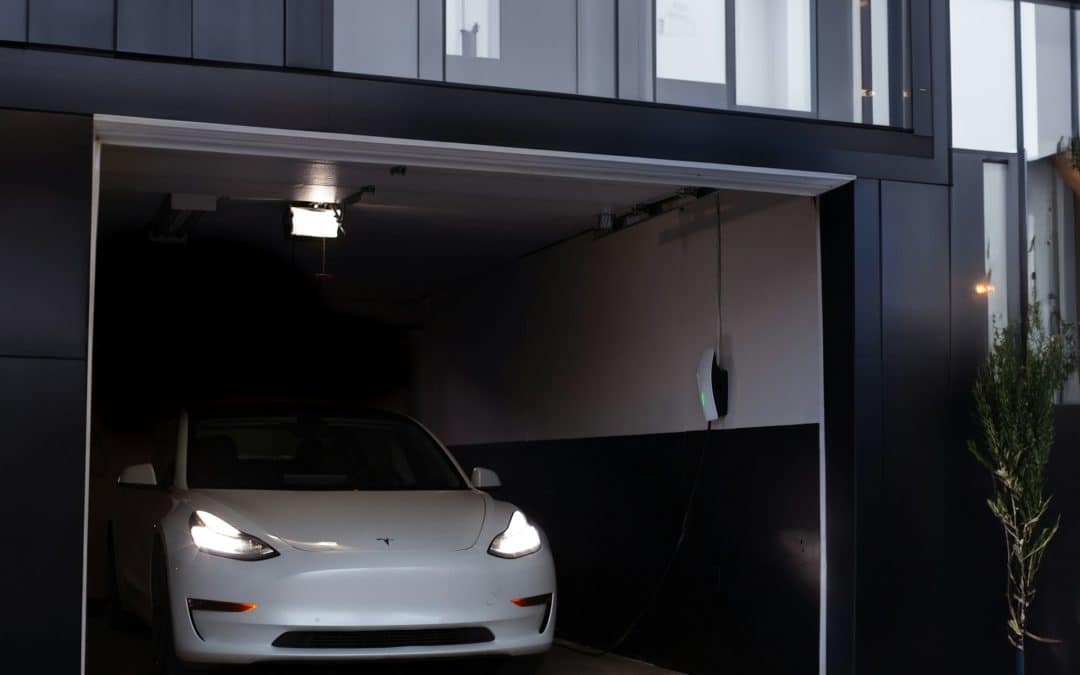A garage door opener makes everyday life easier by letting you open and close your garage without stepping out of your car. Whether you live in a busy household, head out for work early, or just like the feel of convenience, having the right opener installed properly adds value and comfort to your day. But a good setup goes beyond pushing a button — safety is a big part of it too. When it’s not installed right, a garage door opener can quickly become unreliable and even hazardous.
By getting a professional installation, you lower the chance of mistakes that could lead to malfunctions or even injuries. It also makes sure the door and opener work well together, especially on heavier garage doors. August is a good time to get this taken care of in Fort Worth before fall weather rolls in and you suddenly find yourself dealing with delays or unexpected issues. Let’s walk through what goes into choosing the right opener and how to get everything ready for a smooth installation.
Choosing The Right Garage Door Opener
Not all garage door openers do the same job. Picking one that fits your setup starts with understanding the kinds available. Each type has its benefits, and your choice should come down to how quiet you want it to be, how much you want to spend, and what features matter most to your family.
Here are the common types of openers:
– Chain drive: Usually the most affordable option. It’s sturdy and strong but tends to be noisy, so it may not be the best choice if there’s a bedroom above the garage.
– Belt drive: Quieter than chain drives and smoother during operation. Great for attached garages, but they do cost more.
– Screw drive: A solid middle-ground option. Less noisy than chain drives and with fewer moving parts, they’re easier to maintain.
– Smart openers: These come with Wi-Fi compatibility and mobile app control. Ideal if you want to open your garage from your phone or check if the door is closed while you’re away.
When picking an opener, think about:
– Garage door size and weight
– Whether noise levels are a concern
– Budget
– Smart features and connectivity
– Backup battery options in case the power goes out
If you’re not sure which model fits your garage best, getting input from a professional makes the decision a lot easier. They’ll know how well a given opener will handle your door’s weight and how it’ll hold up over time.
Preparing For Installation
Before the installation begins, it helps to gather everything you’ll need to cut down on delays. A little preparation goes a long way in speeding up the process and keeping things safe.
Here’s a quick list of tools and materials usually needed:
– Power drill
– Screwdrivers
– Wrench set
– Ladder
– Safety glasses
– Measuring tape
– Stud finder
– Electrical tape
– Garage door opener kit
It’s also a good idea to clear the workspace. Move your car outside and get rid of any clutter around the garage door area so there’s room to work. Safety should always come first, so make sure the power to the garage door opener outlet is off before beginning any work. Using safety glasses and being mindful of any overhead parts that can move suddenly will help avoid injuries during setup.
Before installing the new system, take exact measurements of the garage door height and track length. Most opener kits include guidelines for how far the opener should sit from the ceiling and the door. Getting these measurements right plays a big role in the opener’s long-term performance. Misaligned parts can put stress on the motor or cause the door to operate unevenly.
Once prep work is done, the installation itself becomes much smoother and quicker. Having everything ready ahead of time makes the difference between a stressful project and a hassle-free upgrade.
Step-by-Step Installation Process
Installing a garage door opener might seem a little tricky, but breaking down the task into manageable steps helps make it straightforward. Each part of the process should be handled with care to avoid injury and keep everything in working condition.
1. Removing the Old Garage Door Opener
Start by ensuring the power to your old opener is switched off. Disconnect cables and bolts connecting it to the garage door. Careful disassembly helps in avoiding damage to existing parts.
2. Assembling the New Opener
Follow the instructions in your opener kit to put together the main components. Usually, this includes attaching the rail to the motor unit and connecting the belt or chain mechanism.
3. Mounting the Opener Securely
Use the ladder to reach the ceiling where the opener will be attached. If there’s no existing mounting bracket, install one using a stud finder to ensure it’s fixed securely to ceiling joists. Position the opener motor so that it’s aligned with the center of the garage door, a step that keeps everything balanced.
4. Connecting the Wiring and Testing
Hook up the electrical components, making sure the connections are tight and secure. Once the wiring is done, restore power and test the opener. Make sure it operates smoothly, with no jerky movements or unusual sounds.
5. Additional Steps for Smart Garage Door Openers
If you’ve chosen a smart opener, use your manual to enable Wi-Fi features and sync it with your smartphone app. This process may include creating a new account and pairing your device for remote monitoring and control.
Post-Installation Tips and Troubleshooting
Once the opener is installed, staying on top of simple maintenance tasks will help it stay in good condition longer. These practices can also prevent future issues before they start.
– Regular Checks: Run the opener a few times to listen for sounds and watch how it moves. Keep an eye out for hesitation, jerks, or lag between pressing the button and action.
– Lubrication: Use garage-safe lubricant on moving hinges, rollers, and the opener rail to reduce friction on parts and make for smoother movement.
– Sensor Alignment: The garage door safety sensors stop the door from closing on people or items. Make sure both sensors are clean, aligned, and have steady light signals.
If something goes wrong, here are a few things to look into:
– Non-Responsive Opener: Make sure the opener is properly connected to power, and the wall switch or remote has working batteries. Review the wiring if a new install doesn’t respond.
– Door Doesn’t Close Fully: The opener settings may need adjustment. These are usually found on the motor housing and control how far the door travels before stopping. Tweaking these settings may fix the issue.
Staying on top of these basics makes a big difference, but if something continues to go wrong, repairs and deeper diagnostics should be left to pros who can work safely and quickly.
Secure and Convenient: Why Professional Installation Matters
A new garage door opener can be a real upgrade when done right. The comfort of hands-free access, better control with smart features, and improved safety make it a great addition to your home. But the way it’s installed plays a big role in how dependable and long-lasting it is.
When a pro installs your opener, they take care of the setup with the right tools, level mounting, accurate wiring, and proper calibration. It removes the guesswork and lowers the chance of problems later. Garage Door Rescue proudly serves Fort Worth and Dallas with trusted professionals who know how to get the job done right.
Choosing expert installation now means less worry and fewer fixes later. It keeps your opener running strong and gives you peace of mind from day one. Make everyday garage access easier and safer by letting professionals handle the job from the start.
If you’re looking to boost convenience and stay safe with a professionally installed opener, now’s a great time to see how a garage door rescue can make a difference for your home in Fort Worth. Garage Door Rescue is ready to handle the job with expert service and lasting results you can count on.

